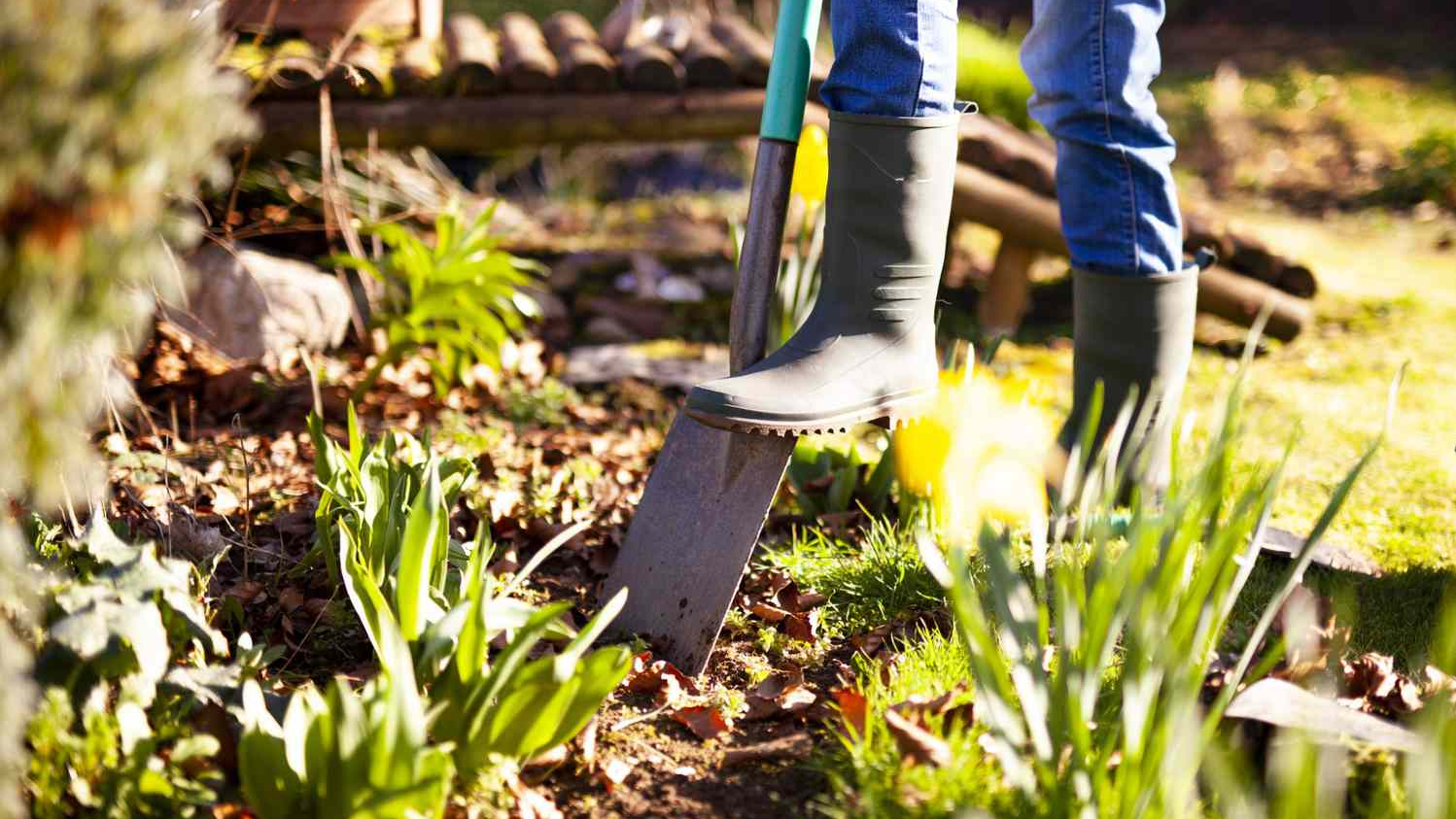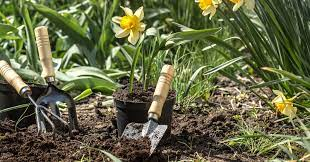
In a world where climate change and water shortages are becoming serious issues, gardening methods are also evolving. One of the most practical and eco-friendly techniques gaining attention is Grouping plants by water needs. This simple yet effective method helps gardeners save water, reduce maintenance, and keep their gardens healthier throughout the year.
Across households, communities, and even large landscaping projects, experts are recommending this smart gardening approach. But what does it mean, and why is it suddenly such a hot topic among gardeners and environmentalists?
Every plant has different water requirements. Some plants, like succulents and cacti, thrive on very little water, while others, like ferns or hydrangeas, need frequent watering to stay lush and green. Grouping plants by their water needs means placing plants with similar hydration requirements together in one section of the garden.
This way, you can water the group according to its needs without overwatering some or underwatering others. The practice ensures that each plant gets exactly what it requires, improving both plant health and resource efficiency.

In many regions, water is scarce and expensive. By grouping plants strategically, gardeners can cut water waste significantly. This eco-friendly practice reduces the overall demand for irrigation, which is a key step toward sustainable gardening.
Overwatering can cause root rot, fungal diseases, and weak growth. On the other hand, underwatering leads to wilting and stunted plants. By watering based on specific group needs, plants stay healthier and more resilient.
Imagine trying to individually monitor each plant in your garden it can be exhausting. With water-need-based grouping, you only worry about sections. For example, your “low-water zone” may only need watering once a week, while your “high-water zone” might need attention more often.
Reduced water usage means lower utility bills. Gardeners also spend less on fertilizers and pest treatments because healthy plants are naturally less vulnerable to stress and disease.
Getting started with this method does not require expert-level knowledge. A little planning and observation are enough.
Begin by identifying the water needs of your current plants. Check plant tags, gardening guides, or online resources. For example:
Create separate areas or zones for plants with similar water needs. This could mean dedicating a sunny, dry spot to drought-tolerant plants while reserving a shady area for thirsty plants.
Mulching reduces water evaporation, while soil type plays a major role in water retention. Sandy soil drains quickly and suits drought-tolerant plants, while loamy or clay soils retain more water—ideal for thirsty varieties.
Drip irrigation or soaker hoses can be set up to water each zone differently. This way, your water-efficient garden takes care of itself with minimal effort.
Here are a few simple combinations that work well:
This type of zoning can be applied in backyards, balcony gardens, or even large community landscapes.
This method is not just theory it’s already showing success in many parts of the world.

While the concept is simple, gardeners often make a few mistakes when grouping plants by water needs:
By avoiding these mistakes, you can maximize the benefits of this technique.
With water shortages on the rise, traditional gardening practices are being replaced with smarter, sustainable methods. Grouping plants by water needs not only helps the environment but also encourages a healthier, low-maintenance lifestyle for gardeners.
It’s a win-win situation: plants thrive, water is conserved, and gardeners spend less time worrying about daily watering. Whether you’re a beginner with a balcony garden or an expert managing a large landscape, this method can transform the way you grow plants.
Gardening is no longer just about beauty; it’s also about responsibility. Grouping plants by water needs is a simple yet powerful step toward sustainable living. By applying this method, every gardener can play a role in conserving water, saving money, and creating a garden that flourishes year after year.
As one expert put it, “When we give plants exactly what they need, they reward us with stronger growth, longer life, and natural beauty.”
So next time you plan your garden, think smart group your plants by water needs, and watch the magic happen.
READ MORE:- Shobha Realty Launches Its Most Luxurious Project Yet—Full Details Inside 2025
